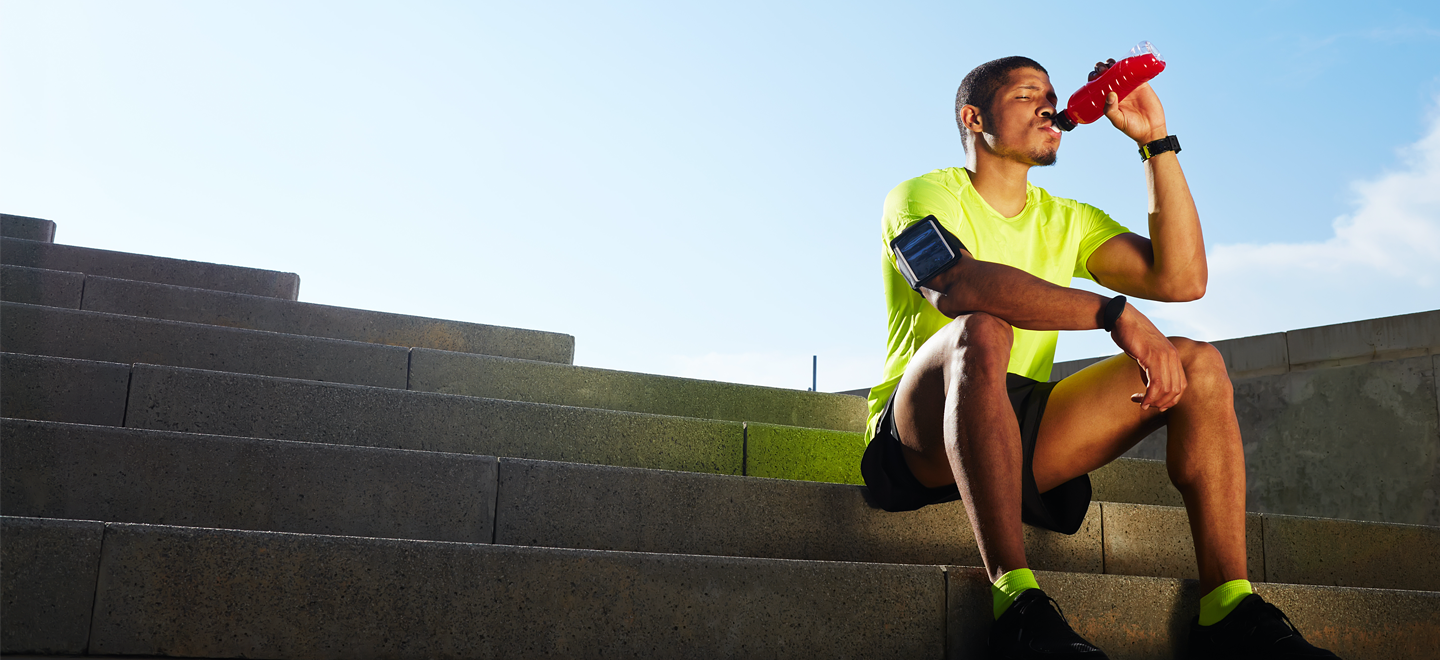The expansion of sports drinks isn’t just a U.S. phenomenon. The $21 billion global sports drink market is forecast to grow between 3-7% annually 2021 through 2025, according Euromonitor.2 While North America leads the global market at 49% of market share, the Asia-Pacific region is close behind at 32%.
Busy lifestyles, high disposable incomes, and a growing interest in health and wellness are drivers in North American and European countries, while increasing disposable income and high populations of young people are drivers in emerging economies, such as China and India.
Millennials are the largest consumer segment driving growth in sports drinks. However, consumers of all types are seeking health benefits from sports beverages and other functional beverages in their pursuit of active nutrition.
Our Glanbia Nutritionals expert team took a recent look at trends and opportunities in ready-to-drink (RTD) beverages.
1. Clean Label Sugar-Free Sweeteners
Sugar-free and low-sugar are back in a big way in the beverage category. Flavoured waters, coconut waters, and lightly sweetened teas are just a few examples. Consumers aware of the extra calories that sugar brings (especially when it comes to healthy beverages), but they’re not willing to sacrifice flavour. Natural high-intensity sweeteners like stevia and monk fruit are clean label alternatives to sucralose and aspartame.
2. Plant Proteins
Protein remains a hugely popular ingredient and claim in healthy RTD beverages. Plant-based alternatives to dairy and other animal sources are vegan-friendly and have a health halo. While soy protein has comparable amino acid profile to whey protein, manufacturers might also consider using an allergen-free plant protein like pea protein or even a blend of different types of plant proteins to reach the same amino acid profile.
3. “Nutrients of Concern” Fortifications
The most recent Dietary Guidelines for Americans report has declared five nutrients of public health concern: calcium, potassium, vitamin D, dietary fibre, and for certain at-risk groups, iron. Since all of these are mandatory label nutrients, it’s easy for consumers to compare beverages on the content of these nutrients. Fortifying RTD beverages with these nutrients can not only make a product stand out but can also help address an important need.
4. Functional Variety Packs
Consumers interested in sports and active nutrition use functional foods and beverages to address specific health, performance, and energy needs. But these can vary from day to day based on things like physical activity, eating patterns, amount of sleep, and how they feel. How about a variety pack that provides more than just flavour options, such as a functional beverage six-pack with two sports drinks, two protein beverages, and two energy drinks?
5. Grab-and-Go Dry Beverage Mixes
Single-serve dry beverage mixes allow consumers to make their own RTD beverages whenever they want. They’re also lightweight and portable. Dry beverage ingredients aren’t limited to sweeteners, colours, and flavors. They can contain any number of functional ingredients such as vitamins, minerals, amino acids, proteins, fibers, botanicals, and even gums. Edible film technology, like the innovative Sol-U-Pak® is a dry beverage pouch that fully dissolves in water. It works well with shaker bottles and lets consumers avoid carrying heavy RTD bottles to work or the gym.
To learn more about Glanbia Nutritionals’ range of solutions for functional beverages visit our Nutri-Knowledge Center today.
References
- Euromonitor, Sports Drinks, July 2021 – estimated market size ending 2021.
- Euromonitor, Sports Drinks in World, April 2021.
